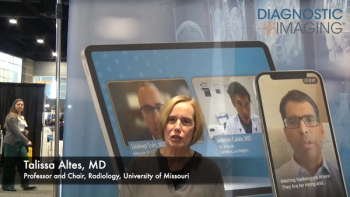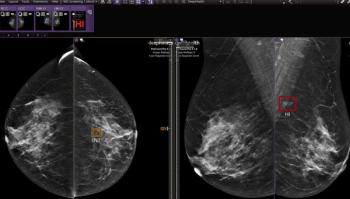
A Closer Look at MRI-Guided Transurethral Ultrasound Ablation for Intermediate Risk Prostate Cancer
In a recent interview, Steven Raman, M.D., discussed the use of MRI-guided transurethral ultrasound (TULSA) in the treatment of intermediate risk prostate cancer and key research findings with one- and five-year outcomes.
Overtreatment of patients with prostate cancer has been a significant issue and may have impacted between one to two million men with the disease, suggested Steven Raman, M.D., in a recent interview.
However, the emergence of magnetic resonance imaging (MRI)-guided transurethral ultrasound ablation (TULSA) appears to be a promising option for men with intermediate risk
In research presented at the recent Society of Interventional Radiology (SIR) conference, Dr. Raman noted the use of MRI-guided TULSA led to a 92 percent reduction in median prostate volume (from 37.3 ml to 2.8 ml) and a 48 percent reduction in the presence of Gleason Grade (GG) 2 PCa at one year.
At five years after treatment with MRI-guided TULSA, Dr. Raman and colleagues found that 87 percent of patients had preserved erectile function and 92 percent had recovered pad-free continence.
Dr. Raman says the use of MRI guidance and thermometry are more advantageous than prior ultrasound monitoring of thermal ultrasound treatments and key to the success of the TULSA procedure.
“What I don’t like about (ultrasound monitoring) is you don’t know how hot (it is) getting and where exactly you are treating. With MRI, thermometry is an important tool. MRI images the entire prostate as you’re treating it and while you’re treating it, you’re seeing how hot things get in the prostate and outside the prostate,” explained Dr. Raman. “This is an important safety tool to minimize damage to the nerve, the sphincter, and other things, and that results in much better outcomes.”
(Editor’s note: For related content, see “
For more insights from Dr. Raman, watch the video below.
Newsletter
Stay at the forefront of radiology with the Diagnostic Imaging newsletter, delivering the latest news, clinical insights, and imaging advancements for today’s radiologists.




























